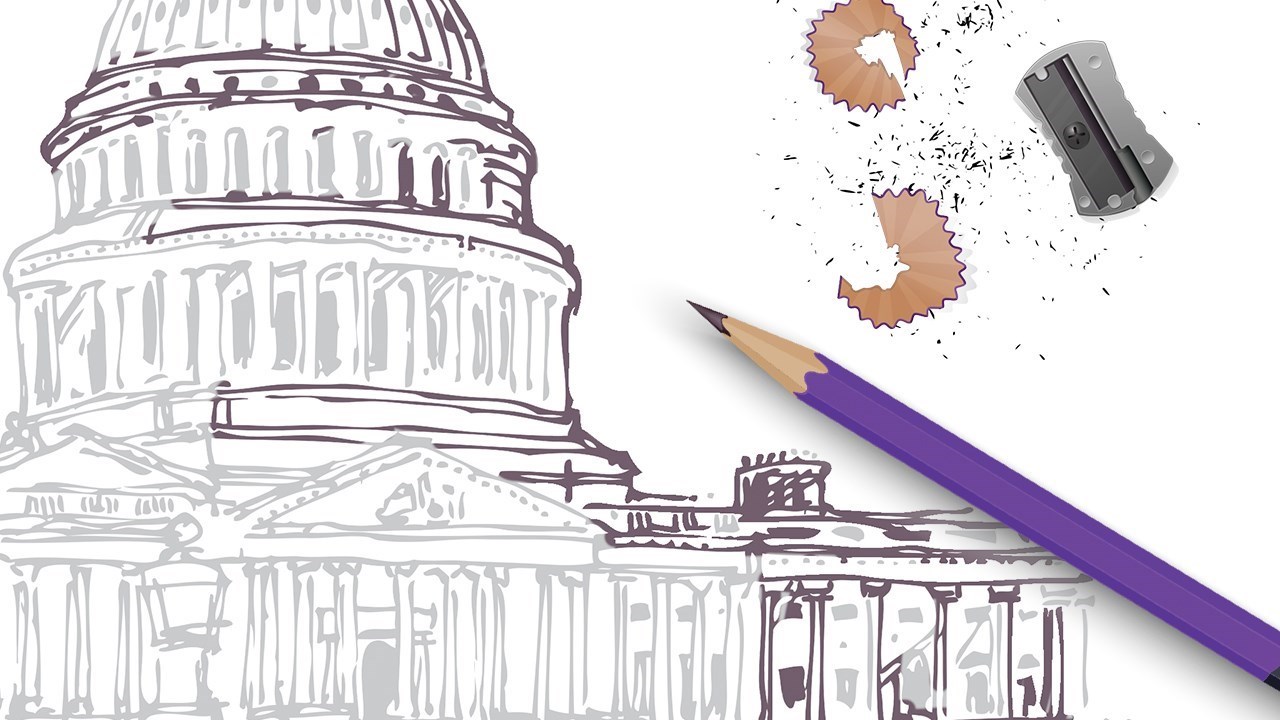June traditionally is when the American College of Surgeons (ACS) celebrates a surgeon who has developed creative solutions to surgical challenges with the presentation of the Jacobson Innovation Award. Considering the chief characteristics of a leading-edge inventor—tenacity and imaginative problem-solving—it’s unsurprising that surgeons often are at the forefront of transformative patient care. For example, surgeon-led innovations related to laparoscopy and thoracoscopy have resulted in new devices and treatment modalities that have enhanced these procedures and improved patient outcomes over the past decade. More recently, advancements in robotic control and 3-D visualization have enabled surgeons in multiple specialties to perform minimally invasive surgery (MIS).
“Surgeons work with patients who often have individual variability in terms of how they present with their diseases. And in the operating room (OR), we’re dealing with anatomy that can be atypical,” said Ali Tavakkoli, MBBS, FACS, chief, division of general and gastrointestinal (GI) surgery, and co-director, Center for Weight Management and Wellness, Brigham and Women’s Hospital, and associate professor of surgery, Harvard Medical School, Boston, MA. “In the OR, you have to think quickly about how to deal with these variations and adjust your approach and plan. I think that’s why surgeons are in a great position to lead innovations and advancements in patient care.”
Although taking an idea from napkin to marketplace can be a daunting, time-consuming process, with the typical time to market averaging 3 to 7 years, the global medical device industry continues to grow.1 A total of 33,376 patents were granted to applicants between July 2021 and September 2021, marking a 2% increase over the previous quarter, according to the GlobalData Patents Database. Analysis of these data also revealed that general surgery “was the most active technology application” in this category, with 952 patent grants during this period.2 For medical devices that made it beyond the patent stage, the global medical device market in 2020 has been valued at $456.9 billion and is expected to reach $603.5 billion in 2023.3
Several factors are driving surgical innovation today, including the shift to value-based care, which emphasizes the provision of standards-based care, capacity and resource limitations that surfaced during the early stages of COVID-19, and an increase in complex conditions, including more patients presenting with multiple chronic conditions than a decade ago.4
This article provides insights into developing and refining an idea and identifies pathways for advancing a concept through the patent process, intellectual property rights, Food and Drug Administration (FDA) approval, and prototyping.
Surgeon Inventors
“My personal advice for people who want to be an innovator is that, although need identification and brainstorming have been very successful approaches, there are other ways of doing it. You can take an instrument or a device or a procedure that already exists and think about how it can be used in a different setting or in different circumstances,” said Dr. Tavakkoli.
He did exactly that when his company re-engineered Sucralfate, a drug used to treat peptic ulcers, to create LuCI (luminal coating of the intestine), which can be used to coat parts of the intestine and control sugar uptake. Simply stated, AltrixBio, a biotech company Dr. Tavakkoli cofounded in 2019, seeks to replicate the results of gastric bypass surgery for type 2 diabetes in a pill.
In 2018, Dr. Tavakkoli and colleagues published a study that showed a single dose of LuCI lowered glucose response in rodents.5 In the January 2022 issue of Metabolism, this team demonstrated longer-term benefits of the drug on weight and insulin sensitivity in diet-induced obesity in rats.5,6 According to the article, clinical trials are expected to begin within a year.
“Think like an engineer,” advised Marc Bessler, MD, FACS, professor of surgery at Columbia University, New York, NY. “Surgeons typically think, ‘Oh, this is how I’m going to solve this problem,’ and run with the solution. And there are definitely examples of when that sometimes will work and examples of when it doesn’t.” Engineers, on the other hand, are trained to identify a problem, evaluate all potential pathways for solving the issue, and then focus on the top solutions, he said.
In 2015, Dr. Bessler cofounded EndObetes, a medical device company that develops endoscopic devices to treat obesity and type 2 diabetes.7 The EndoBypass device mimics the anatomic and physiologic changes of surgical gastric bypass, which delivers undigested food directly to the intestine, leading to increased release of insulin and satiety hormones to create dramatic weight loss and remission of type 2 diabetes. Dr. Bessler and team met with the FDA, resulting in a call for additional studies for longer periods of time.
“We’ve done some animal testing. The next steps are really to get it ready for human implantation and early feasibility testing in humans,” Dr. Bessler said.
Novice innovators should consider collaborating with a colleague, particularly in another specialty, noted Brian J. Dunkin, MD, FACS, chief medical officer, Boston Scientific Endoscopy, MA.
In 2016, Dr. Dunkin began pondering a novel approach to the surgery residency program selection process. These programs can have significant performance issues and attrition rates in part due to poor job fit, according to Dr. Dunkin. At the time, as a professor of surgery at Houston Methodist Hospital, TX, and the MIS fellowship codirector, he was observing poor satisfaction rates among fellows in the MIS program. After discussing this conundrum with friend and colleague Aimee Gardner, PhD, an industrial organizational psychologist, they founded SurgWise, which provides science-based assessments to surgical training programs to better inform candidate selection.8
“We actually used my own fellowship to pilot the concept. That’s why we formed the company,” Dr. Dunkin said. “We needed a commercial entity that the hospital could contract with in order to get us the research funds to start this up.” Dr. Dunkin said the SurgWise assessments created a much more efficient and effective process. “The faculty in our fellowship were spending a lot less time selecting the fellows, and we were doing a much more thorough job of identifying their competencies,” he said, adding that the process increases candidate diversity and on-the-job satisfaction and performance.
As for medical device development, Dr. Dunkin also played a consulting role for a former research fellow, Albert Huang, MD, who founded Allotrope Medical. This company produces StimSite, a device that provides obstetric-gynecologic, general, and colorectal surgeons with the ability to use existing surgical instruments to locate and identify ureters using electrical stimulation.9 Ureter identification is a critical step in safely advancing operations such as hysterectomies and colon resections. StimSite received FDA clearance in November 2020.9







